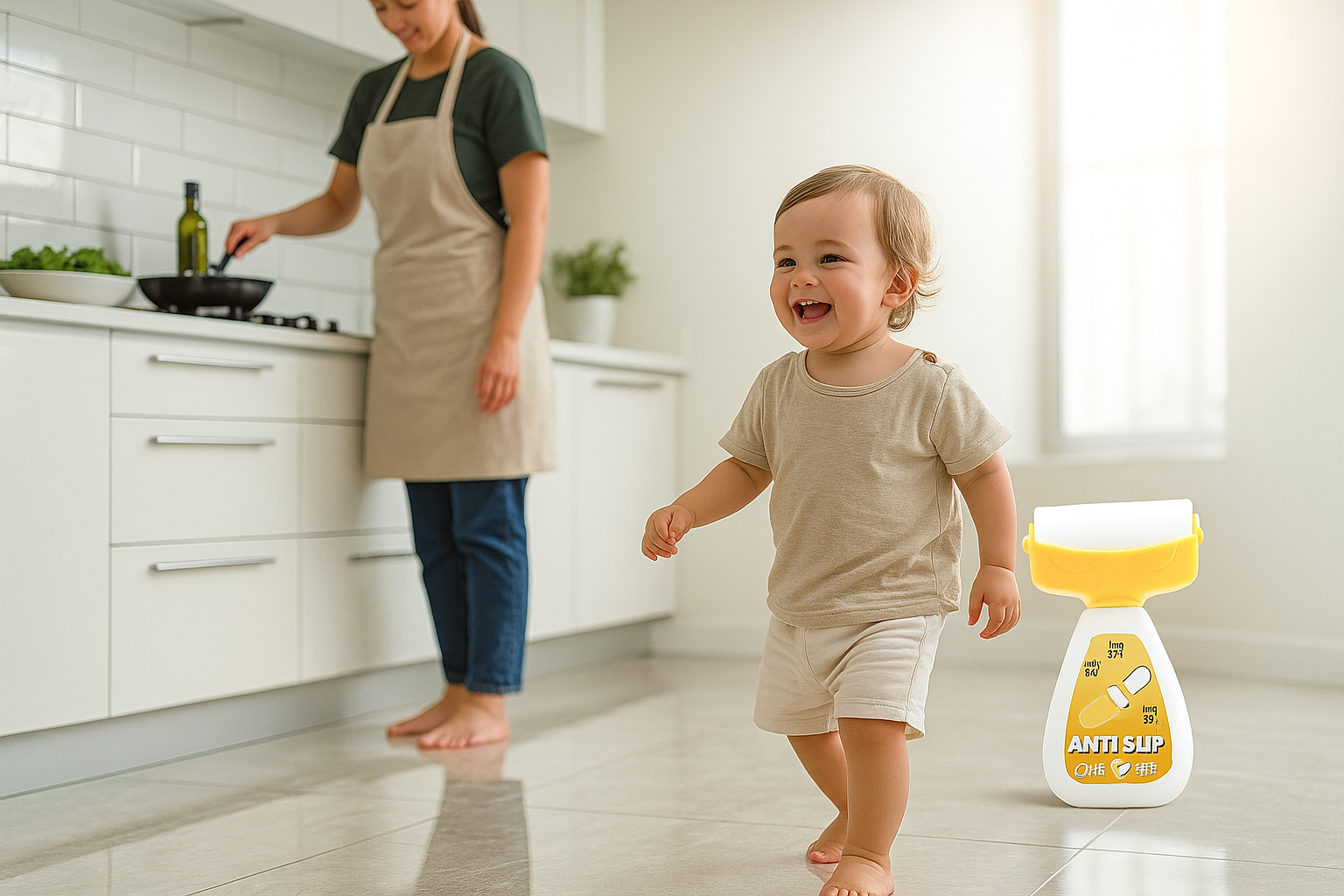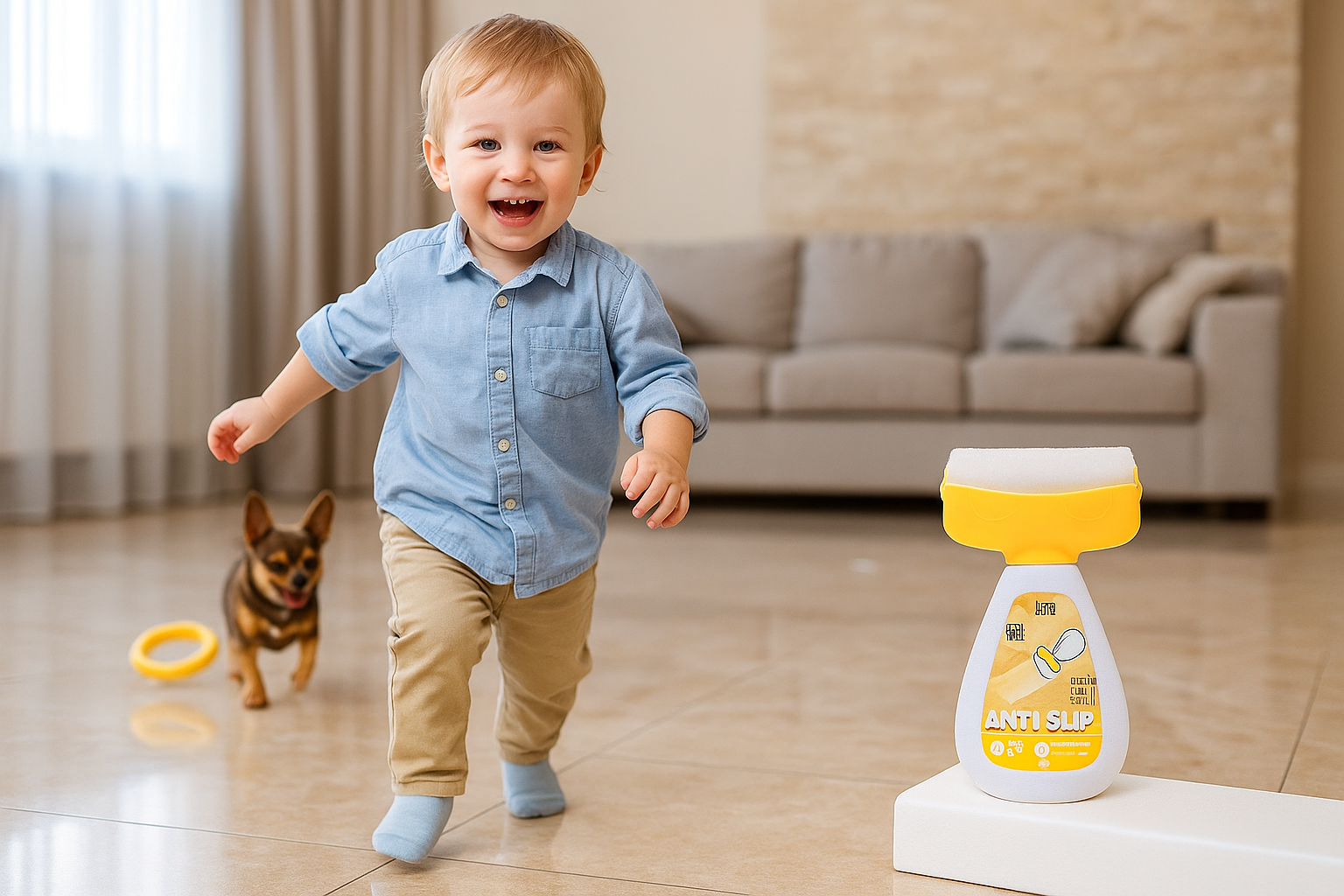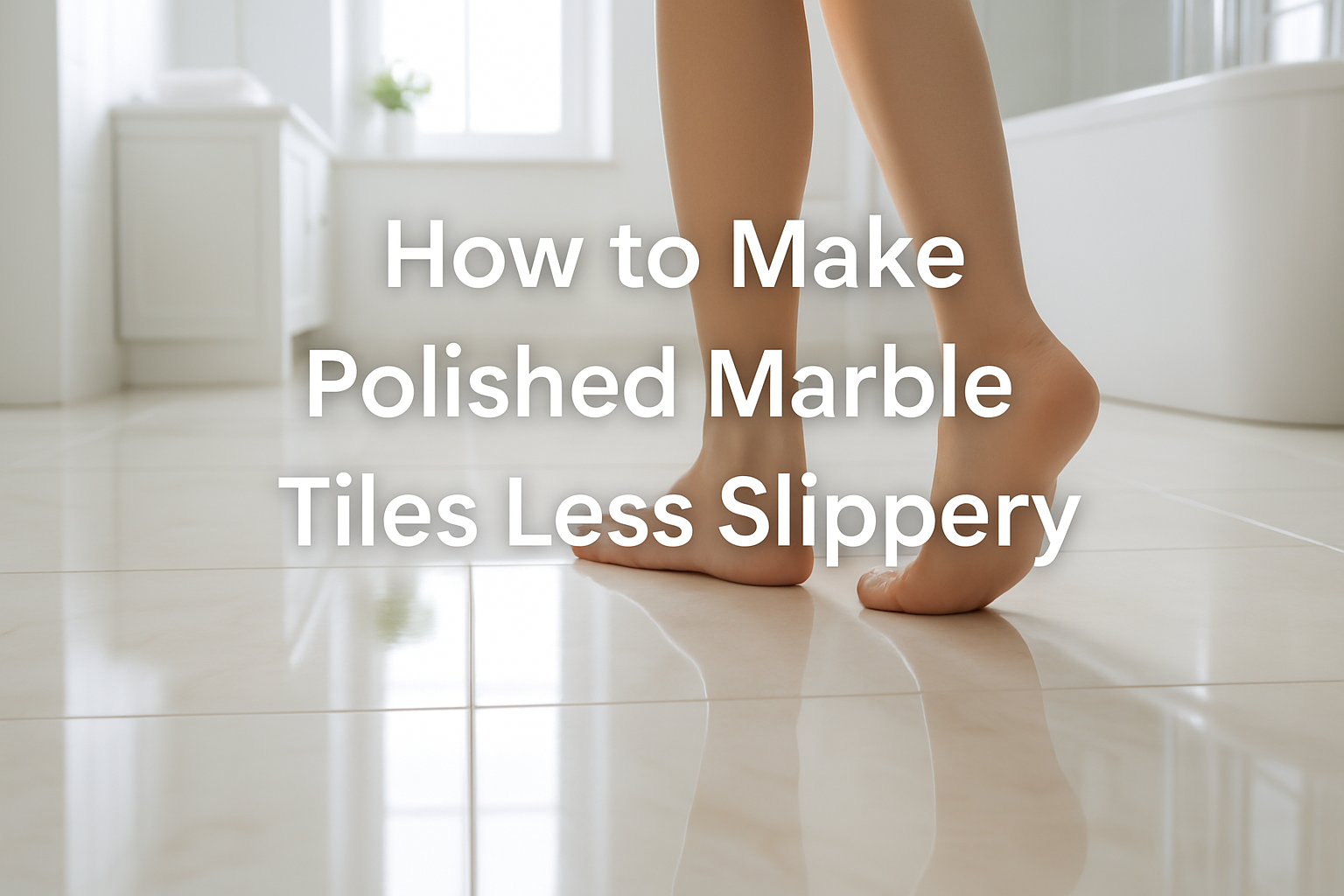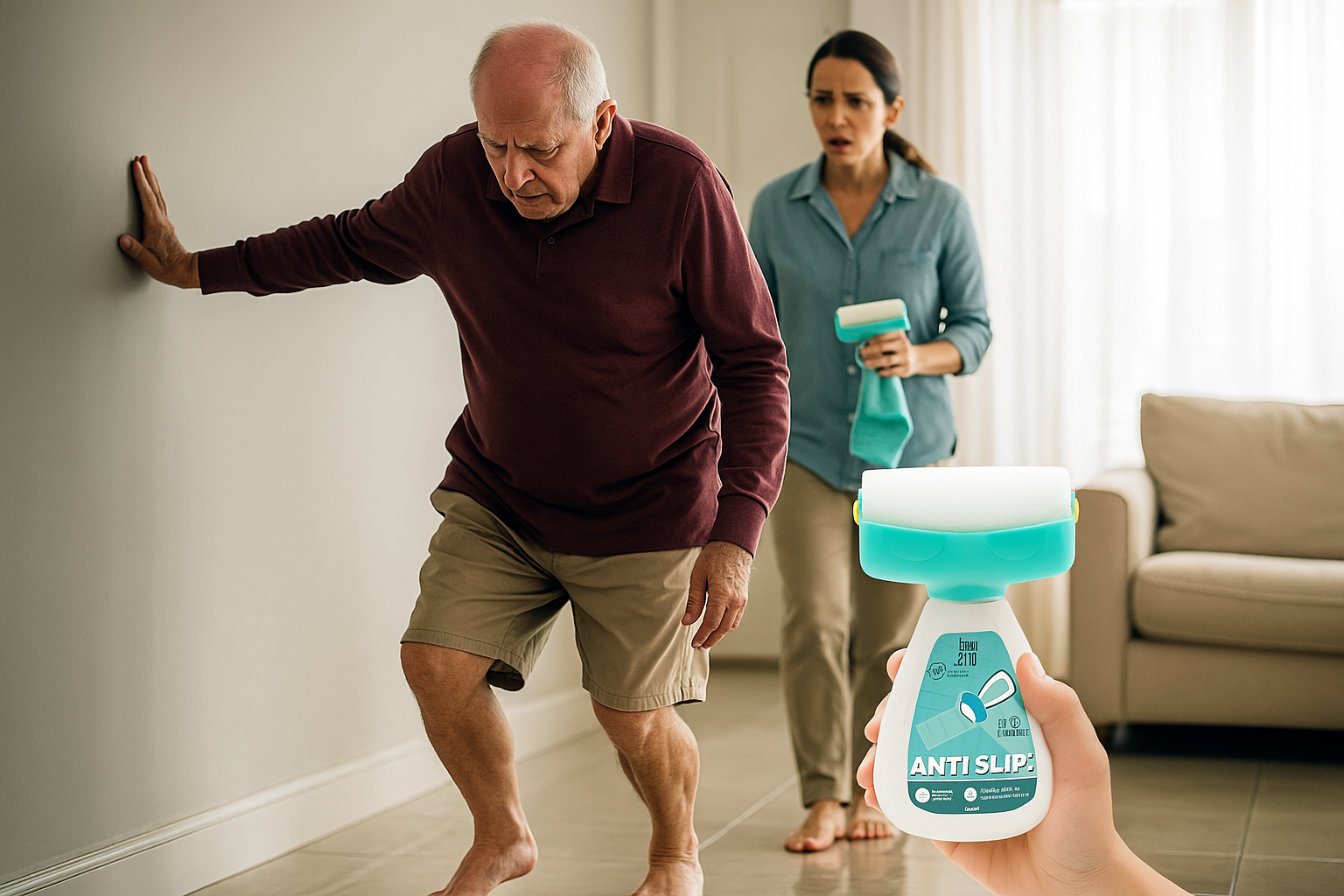
Understanding Tile Slip Resistance and COF Ratings: How to Keep Your Floors Safe
Slippery bathroom floors are one of the most overlooked dangers in a home. Ceramic and porcelain tiles, which many homeowners love for their durability and easy maintenance, can become hazardous under certain conditions. Their smooth, glazed finish makes cleaning simple,but when water or soap spill on the floor, your bathroom floor can quickly transform into a skating rink. Add the wrong footwear, and a quick morning routine could end with a painful fall or even a trip to the ER.
Fortunately, there’s a way to measure and predict how slippery a tile will be before installing it. That method is called the Coefficient of Friction (COF) rating a universal standard used to evaluate the slip resistance of flooring materials under both dry and wet conditions.
What Is COF and Why Does It Matter?
The Coefficient of Friction (COF) is a numerical value that indicates how slippery a surface is. It measures the resistance between two objects when they move against each other—in this case, your shoe sole and your floor tile.
Here’s what you need to know:
-
The higher the COF, the better the grip (less slippery).
-
Dry surfaces generally have a COF between 0.3 and 0.6, which is considered relatively safe.
-
Extremely slippery surfaces can have a COF as low as 0.04, which is dangerously low.
-
Tiles like terracotta, quarry, and brick typically have higher COF ratings, making them safer.
-
Polished natural stone or glossy tiles often have very low COF values, making them incredibly smooth and slippery.
Why Slip Resistance Is a Big Deal in Bathrooms
Bathrooms and kitchens are popular spots for ceramic or porcelain tiles because these materials handle water exceptionally well. However, the very feature that makes tiles great for wet spaces—being non-porous also makes them risky when water pools on the surface.
Slips and falls are among the leading causes of home injuries. The National Safety Council ranks falls as the second-leading cause of unintentional fatalities in the home. The National Floor Safety Institute also reports that over 2 million injuries annually are linked directly to flooring materials.
To understand the broader financial and physical toll,
Check out our article on The Real Cost of Slip and Fall Accidents
Many of these accidents occur on ground-level floors, especially in areas exposed to moisture—the risk of slipping skyrockets when combined with factors like clutter, poor lighting, or physical limitations.
How Tile Manufacturers Address Slip Resistance
Tile producers don’t leave safety to chance. Most reputable brands subject their tiles to slip-resistance testing in independent laboratories. The results are expressed as COF ratings, which are widely published for consumer reference.
Modern testing uses the DCOF AcuTest method developed by the Tile Council of North America (TCNA). This test measures Dynamic Coefficient of Friction (DCOF)—the force required to keep a moving object moving across the surface, mimicking real-world walking conditions.
-
Static COF measures how much force is needed to start movement between two still objects (like standing on a sloped floor).
-
Dynamic COF measures how much force is needed once movement begins (like walking across wet tiles).
The TCNA recommends that tiles installed in wet areas (like bathrooms) have a minimum DCOF rating of 0.42. Older standards used a Static COF rating of 0.60, but the new DCOF test is now the industry benchmark.
How Can You Improve Tile Slip Resistance?
If you already have tiles that feel dangerously slippery, you’re not out of options. Here are traditional methods for improving floor traction:
-
Acid Etching: Chemicals like hydrofluoric acid can roughen glossy tile surfaces, reducing slipperiness. However, this is best left to professionals because it can permanently alter the tile’s finish and involve hazardous chemicals.
-
Ammonium Bifluoride Treatments: Similar to acid etching, this method also chemically alters the tile surface.
-
Mechanical Methods: Diamond grinding or shot blasting can physically add texture to the tile, but these are costly and time-consuming.
-
Floor Mats and Rugs: While effective in certain spots, mats can shift, trap dirt, and ruin the aesthetic appeal of your bathroom.
Each option has drawbacks—high cost, chemical hazards, or visual compromises.
The Challenge Beyond Tile
Unlike tile, most other flooring materials (like laminate, vinyl, or hardwood) have no published COF ratings. According to Russell J. Kendzior, a leading expert in slip-and-fall prevention, this is often intentional. Flooring manufacturers avoid publishing COF ratings to reduce liability risk in case of accidents. That leaves homeowners guessing about the proper safety of their floors.
For unfinished materials, such as hardwood, slip resistance depends on the finishing process, meaning the installer or homeowner is responsible.
Tip: If you can’t replace your flooring, strategically use rug pads and non-slip mats in high-risk areas. However, this is only a temporary solution. |
The Smarter Alternative: Luna Grip Anti-Slip Gel
While understanding COF ratings is important, homeowners need a practical and cost-effective solution and that’s where Luna Grip comes in. Instead of tearing out tiles or using harsh chemicals, Luna Grip offers a safe, clear, and long-lasting anti-slip treatment for your bathroom floors.
Unlike mats or etching, Luna Grip creates microscopic traction on your existing tiles, dramatically increasing their grip without altering their look. It’s easy to apply, takes only 15 minutes, and lasts up to 12 months making it the most convenient anti-slip solution for modern homes in the UAE.
If safety and style both matter to you, Luna Grip is the answer. No more ugly mats, no costly renovations, no harsh acids, just a sleek, science-backed solution that keeps your family safe year-round.







